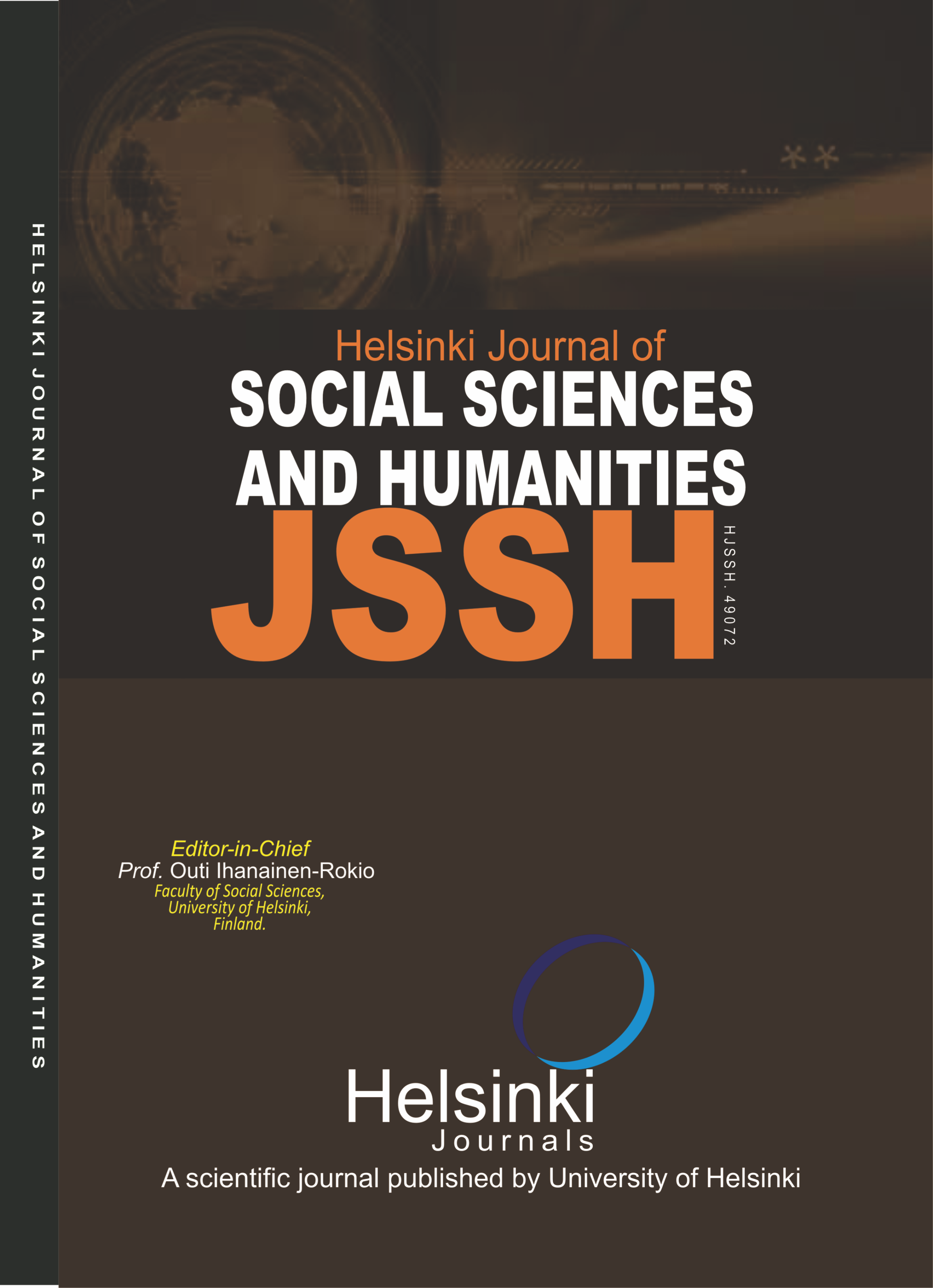HELSINKI JOURNAL OF SOCIAL SCIENCES AND HUMANITIES (HJSSH)
THE USE OF RELIGIOUS SYMBOLS AND RITUALS IN AFRICAN POLITICAL MOVEMENTS
E-ISSN: 7764-9221
P-ISSN: 3442-3567
DOI: https://iigdpublishers.com/article/695
Religion has long been a powerful force shaping political identities, strategies, and resistance across Africa. In particular, religious symbols—such as icons, texts, and sacred objects—and rituals—such as ceremonies, oaths, and communal prayers—are deeply embedded in the socio-political fabric of the continent. These elements are not merely expressions of faith but are frequently employed as strategic tools within political movements to mobilize communities, legitimize leadership, foster shared identity, and galvanize collective action against oppression or colonial rule. This paper explores the multifaceted roles of religious symbols and rituals in African political movements, analyzing their significance in historical and contemporary contexts. Through case studies including the anti-apartheid struggle in South Africa, the Mau Mau uprising in Kenya, and ongoing insurgencies and political campaigns in Nigeria, the study demonstrates how religious elements serve as potent symbols of resistance, sources of moral authority, and mechanisms of social cohesion. The analysis highlights that these religious practices and symbols transcend their spiritual origins, becoming integral to political narratives, mobilization efforts, and cultural resistance. Furthermore, the paper engages with theoretical frameworks such as symbolic politics and collective identity to elucidate how religious symbolism reinforces social bonds and legitimizes political actions. It also considers the performative nature of rituals as acts of defiance and solidarity, emphasizing their enduring relevance in shaping Africa's political landscape. The findings underscore the importance of understanding the religious dimensions of political movements on the continent, revealing that religion continues to be a vital resource for activism, resistance, and nation-building. The paper concludes with reflections on the evolving role of religious symbols and rituals in the digital age and their potential influence on future social and political movements in Africa.
Moses Onyendu Okai PhD & Pius Barinaadaa Kii PhD
Anderson, B. (1983). Imagined communities: Reflections on the origin and spread of nationalism. Verso.
Berger, P. L. (1967). The sacred canopy: Elements of a sociological theory of religion. Anchor Books.
Durkheim, É. (2001). The elementary forms of religious life (K. E. Fields, Trans.). Oxford University Press. (Original work published 1912)
Eck, D. L. (2012). A new religious America: How a "Christian nation" became the world's most religiously diverse country. HarperOne.
Eck, D. L. (2012). A new religious America: How a "Christian nation" became the world's most religiously diverse country. HarperOne.
